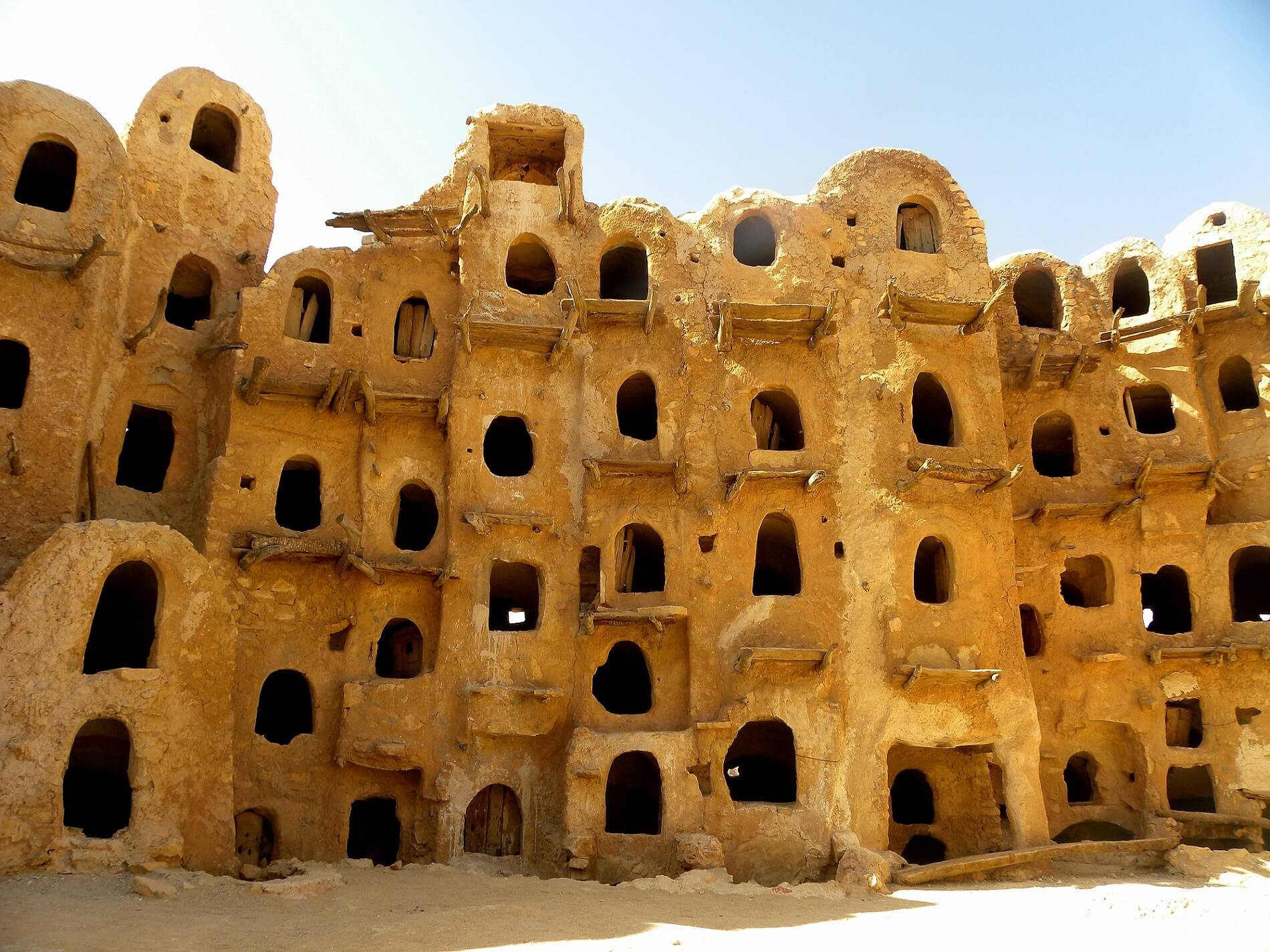Economically, Libya is experiencing a collective ‘shock’ due to the rapid appreciation of the Libyan Dinar in the informal currency markets – going from almost 10 LYD to 1 USD, to approximately 6.2 LYD to 1 USD, in two weeks. This increase in value has primarily been caused by a major injection of USD currency by the Central Bank of Libya (CBL) to importers, in the form of Letters of Credit (LCs) at the formal rate of 1.3 LYD to 1 USD. The CBL is expected to make available a new batch of LCs to importers this month. In addition, the CBL has reinvigorated its policy of paying Libyan families $500 per person as a means to allow normal Libyans to access foreign currency at the official rate. This has caused a supply rush as people sell these dollar payments on the informal market.This economic ‘recovery’ speculation is augmented by global rises in the price of oil as well as new production streams coming online for the National Oil Corporation (NOC). The NOC’s recent streak of good luck, with reported arbitration ‘wins’ (although other reports downplay this win) against UAE based LERCO and TRASTA two weeks ago and the lifting of the Wintershall blockade by Ajkherra local municipality, continues to boost its standing with social and political institutions. This has reduced the leverage of the rival eastern-based NOC in undermining the Tripoli-based NOC with blockades and political subversion. As such the NOC was able to renew its marketing contract for Sarir and Mesalla crude with Glencore, as well as reportedly closing deals with Royal Dutch Shell and BP to load crude from the Oil Crescent in 2018, amongst other buyers.However, the appreciation of the Libyan dinar against the US dollar may not be reflected in market prices, which could become a trigger for tension between merchants and customers. This is due to the volatility of the informal exchange rate and the likelihood that traders will still price and sell goods at informal rather than formal rates to hedge against it.

